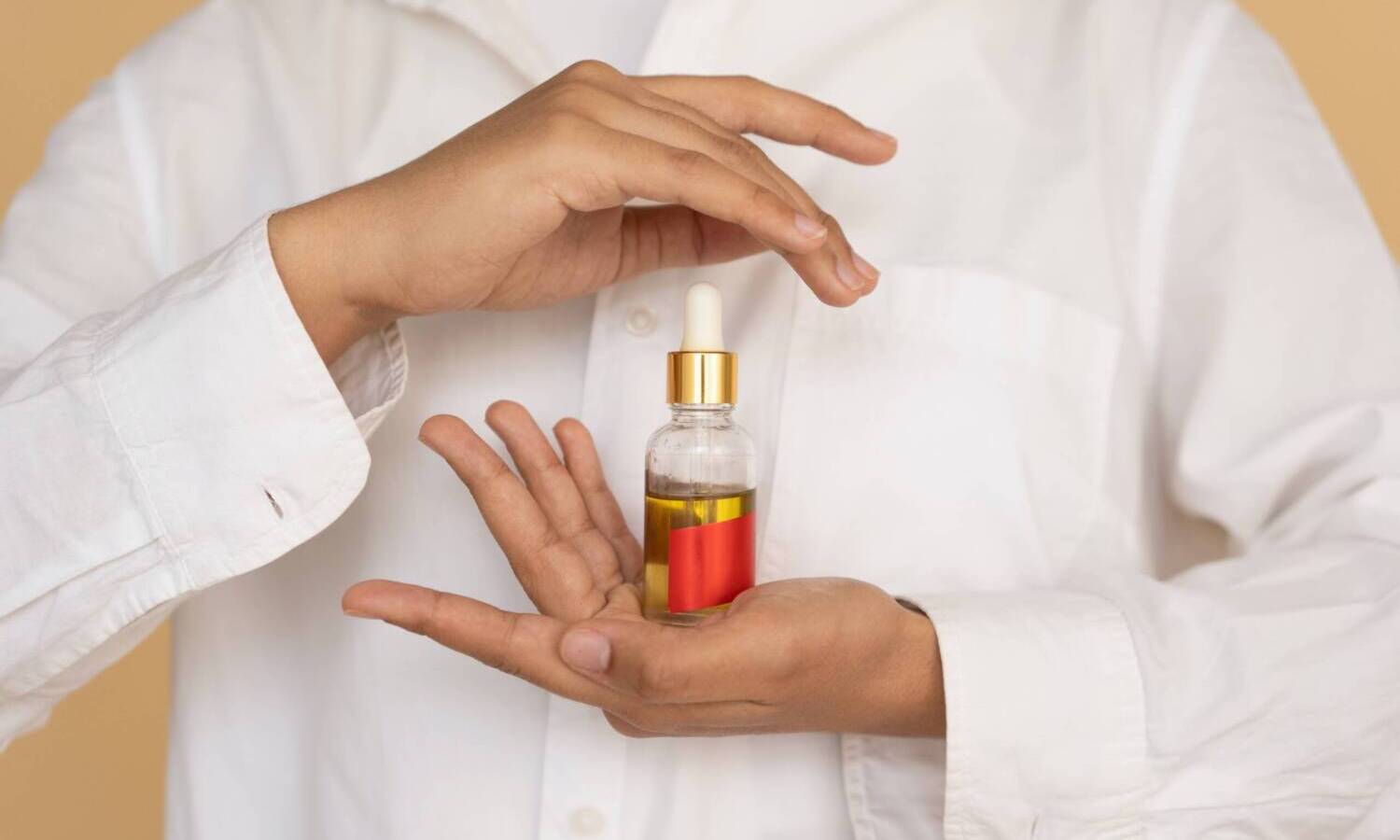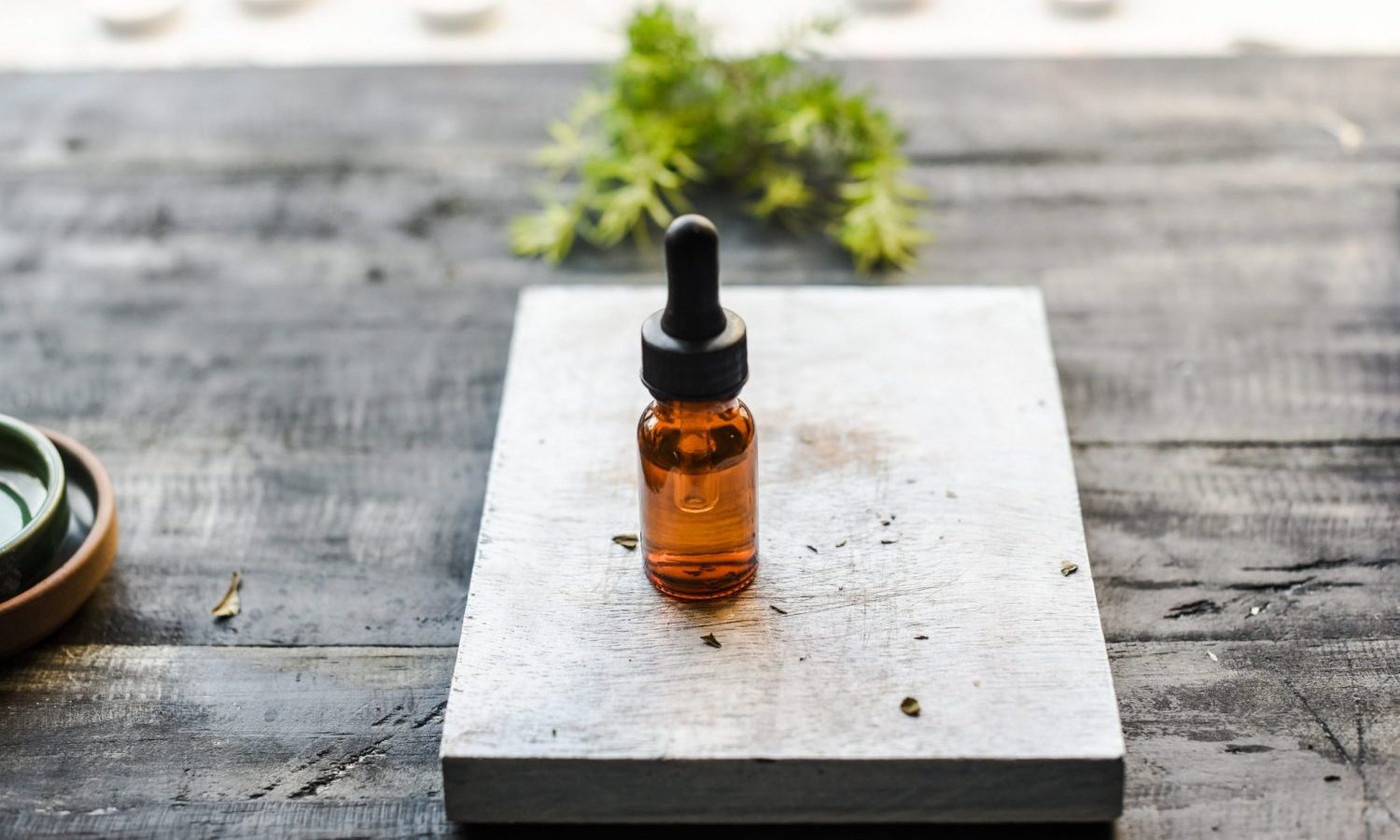
CBD Is Expensive: How The Industry Can Rethink Its Pricing To Consumers
By Alejandro Bergad
The past two years have not been good for the CBD industry. The pandemic has skyrocketed sales of CBD in stores. Meanwhile, by choosing not to regulate CBD, the FDA has left it in a legal gray area and restricted where it can be sold.
If you need proof of the industry’s decline, just check out Charlotte’s Web, the largest CBD company. In mid-2019, the company’s stock price soared to nearly $22. It’s since fallen to just over $1 — a 95% drop.
Photo by Christin Hume via Unsplash
I believe there is a way out of this mess, but most companies are not ready or willing to see it. Let’s revisit the history of the industry to see why.
In 2014, the Federal Agriculture Act was passed and the hemp industry was reborn. Positive consumer feedback helped CBD quickly become a craze. It was a product that could help many people and provide an effective, natural alternative to pharmaceutical drugs for a variety of conditions.
Investors jumped in – betting on big industry growth – and the largest companies quickly went public (raising expectations for more growth). These companies ran the traditional CPG playbook, adding CBD to dog treats, seltzer, and everything else under the sun. They focused on selling more to the consumer, not adding value.
Big companies are burning up cash and goodwill with their investors thanks to declining sales. They’re banking on a government bailout: that the FDA will formally regulate CBD, allowing them to sell their premium products into larger retail channels.
All of this misses the point.
The fundamental problem in the CBD industry is price. CBD is so expensive today that it is only accessible to a niche segment of the population. Taking 40mg of CBD daily (as many do) costs over $120/month at today’s prices. For the majority of people, it is much cheaper to use pharmaceutical products to help with the same problems.
RELATED: Cheap vs. Expensive CBD Products: Why There’s an Amazing 5,100% Difference
Therefore, to get the CBD industry back on track for growth, companies must do something that is difficult, counterintuitive, and in many cases impossible: lower prices. A 24-bottle of Advil costs about $6. There’s no reason a 600 mg bottle of CBD, currently averaging $60, can’t keep up.
 Photo by Anshu A via Unsplash
Photo by Anshu A via Unsplash
Can the CBD Industry Produce a $6 Bottle That Can Rival Advil? For brands already losing money, price cuts will only accelerate a downward spiral. But for innovative companies, lower prices are definitely achievable.
First off, cannabis is a productive plant. However, many companies have simply copied the growing and processing practices of the recreational marijuana industry, rather than tailoring their methods to hemp. There is a lot of room for innovation in automation and using more cost-effective CBD manufacturing methods.
RELATED: Does it matter if your CBD comes from industrial hemp or medical cannabis?
Federal clarity will help us bring prices down. Costs are higher across the industry as many suppliers, co-manufacturers, and fulfillment partners realize there are risks involved with working with CBD companies.
After all, companies need to approach CBD more like medicine and less like designer clothing. We should not add unnecessary costs to a product that could benefit millions of people. If you don’t want Advil in deodorant or your gum, why would you do the same for CBD?
It’s up to the industry to make this happen, or continue to see CBD as a declining niche industry. With lower prices, CBD can become a real alternative to big pharma, and cannabis can become a plant for the people.

Post a comment: